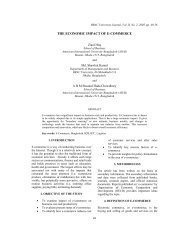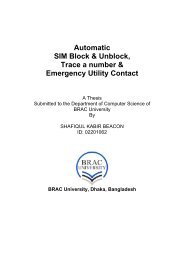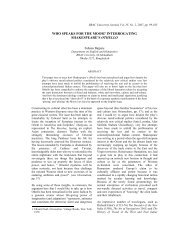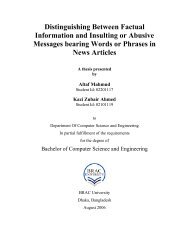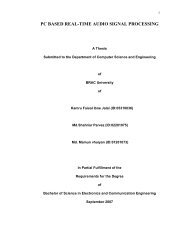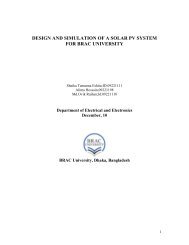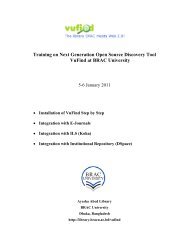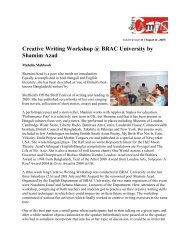LITERATURE SURVEY OF AUTOMATIC FACE RECOGNITION ...
LITERATURE SURVEY OF AUTOMATIC FACE RECOGNITION ...
LITERATURE SURVEY OF AUTOMATIC FACE RECOGNITION ...
You also want an ePaper? Increase the reach of your titles
YUMPU automatically turns print PDFs into web optimized ePapers that Google loves.
feature line of that class. The query which is input image x is projected K onto an<br />
FL, and the FL distance x and x1x2 is defined as d(x, x1x2) = |x – p|, where | . |<br />
is some norm. The projection point can be found by setting up a vector line<br />
equation with parameter μ. Depending on the sign of μ , the position of p can be<br />
left of x1, right of x2, or between x1 and x2 on the line. The greater the value of<br />
the parameter is, the further the position of p from x1 or x2 becomes. The<br />
classification of the input image is done as follows: Let c x and c j x be two<br />
distinct prototype points in feature space.<br />
Fig.4.17.2.Generalizing two prototype feature points x1 and x2 [2].<br />
The distance between image point x and each FL c c i j x x is calculated<br />
for each class c, where each pair i ≠ j. This will generate N number of distances,<br />
and these N distances are sorted in ascending order with each of them<br />
associated with class c*. The first rank gives the NFL classification consisting of<br />
the best matched class c*, and the two best matched prototypes i* and j* of the<br />
class.<br />
31






